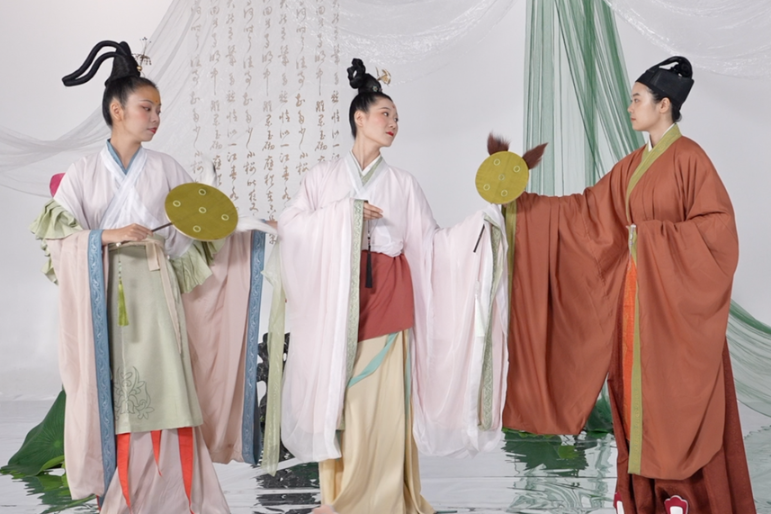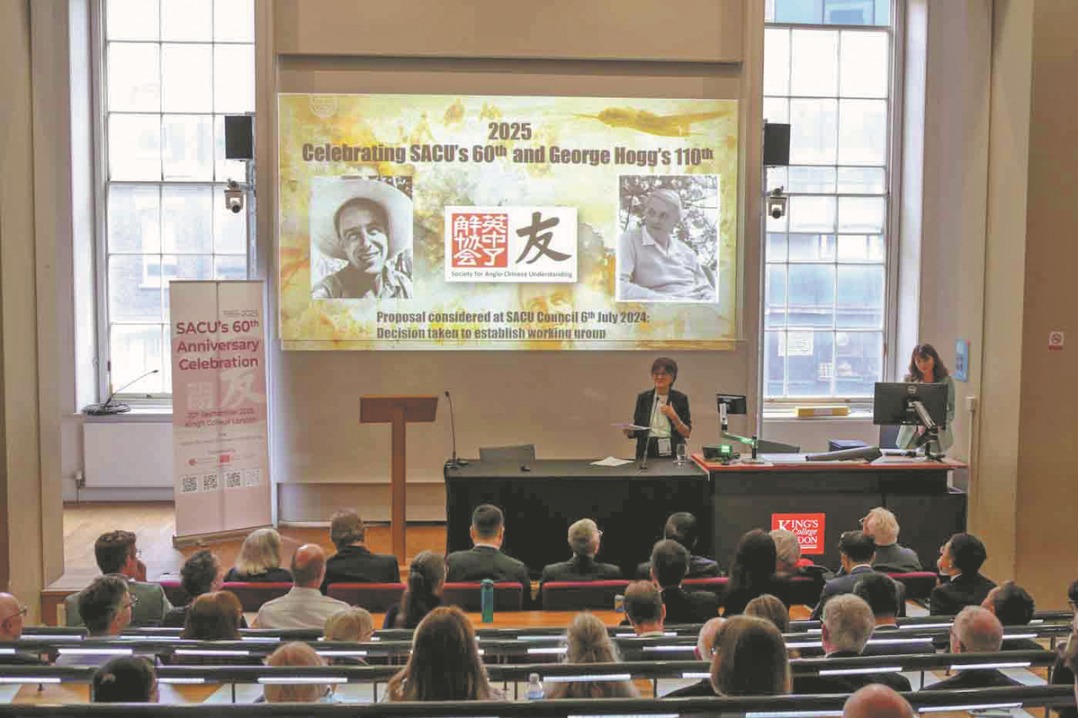Rock of ages


Each of the caves in Yungang sparkles with creativity as a result of encounters, exchanges and infusions of artistic styles from the East and the West. The introduction of Buddhist art from Central and South Asia, which also presented a strong ancient Greek and Roman influence, was merged with Chinese cultural traditions that were already well-established before the arrival of Buddhism, and during the process artisans developed new styles and artistic traits to express the outlook on life and death of people at the time.
The variety of sculptures also increased to include Buddha in meditation or teaching doctrines. There are also feitian (the flying deities), jiyue (musicians and dancers), masculine warriors, monastics and Buddhist patrons.
More recent caves exhibited lavish patterns taken from the arts of different cultures, such as the dougong element of the interlocking wooden brackets in traditional Chinese architecture; the "Pompey Pillar" of ancient Rome; the mountain-shaped incense burners invented in China during the 3rd century BC, and the celestial chintamani praying stones for well-wishers from ancient India.
























